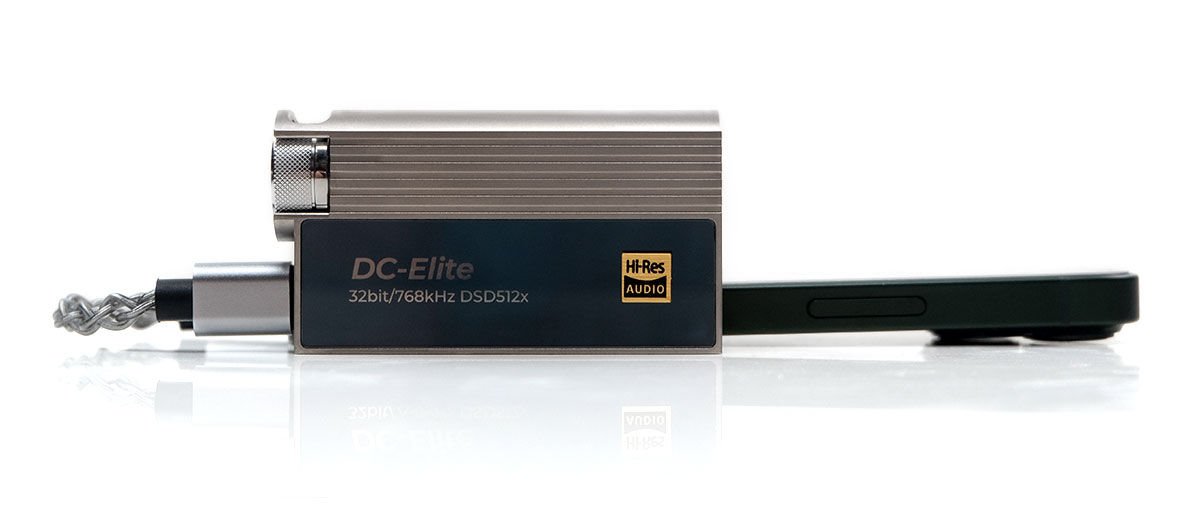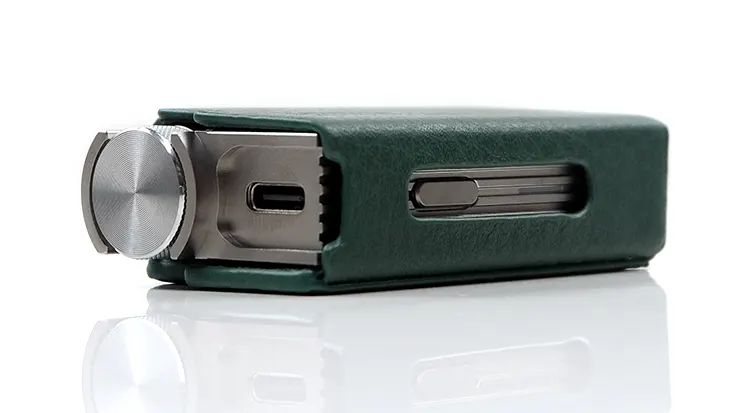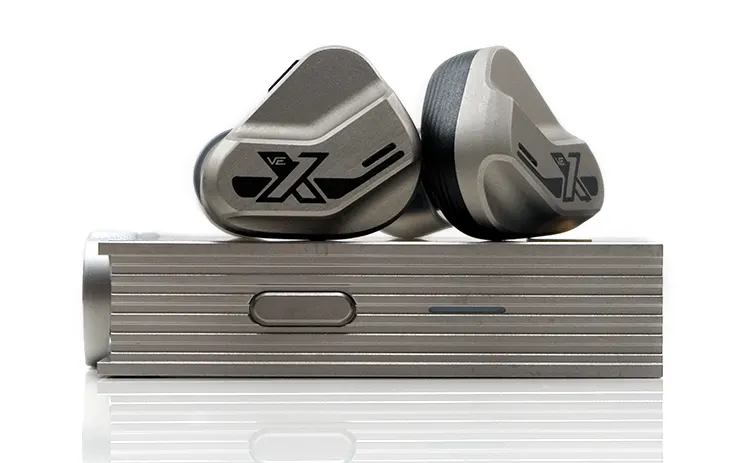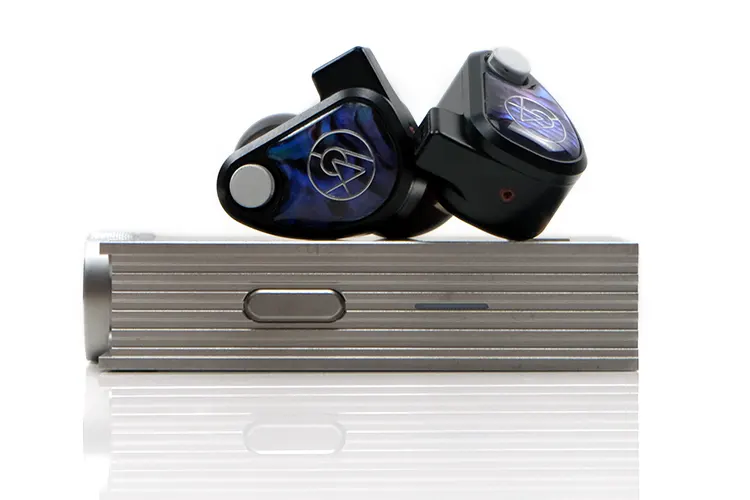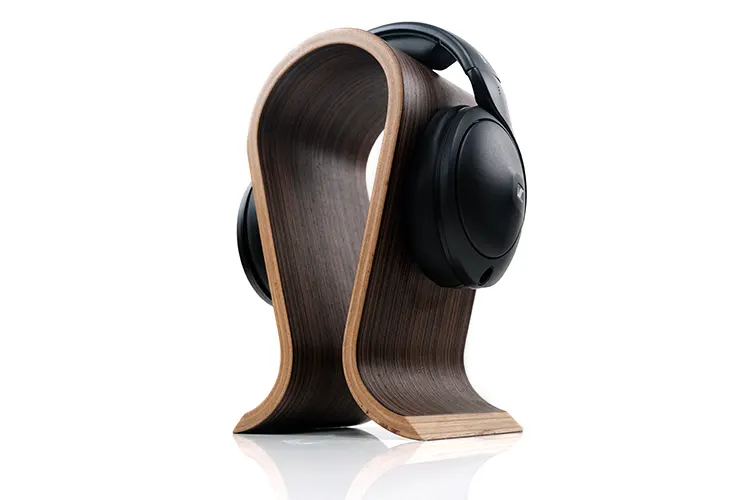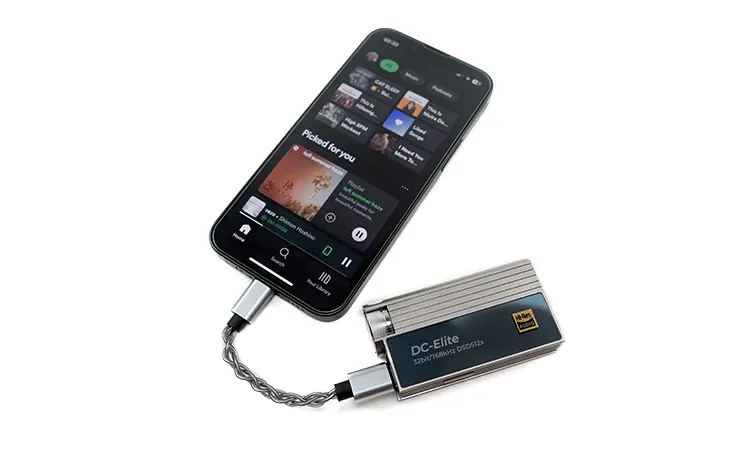Sound Impressions
The following sound impressions of the DC-Elite were completed using a mix of the 64 Audio Volur, Vision Ears VE10, Campfire Audio’s Trifecta, and the Sennheiser IE 600.
Summary
If there is such a thing as summit-fi in the dongle market then the performance of the DC-Elite places it near the top of the tree.
It delivers a clear and highly resolving presentation qualifying it as a ‘technical’ king in this niche. Save for the lighter feature set and comparative drop in power I would even place it on a slightly higher pedestal than the DX180 for micro-detail and its rapier-like imaging.
Compared to the Cayin RU7, the DC-Elite is more neutral in tone. Even the Questyle M15, a dongle I considered to be the most neutral and punchy of the bunch I have, sounds somewhat soft and veiled in comparison.
It’s not just the relatively transparent and neutral quality of the tuning, but also the dynamics. The DC-Elite has an incredible dynamic range for a dongle, enhancing the perceived imaging clarity and instrument definition from top to bottom.
That clarity is helped by a very spacious staging quality from the DC-Elite with my paired IEM performances. Even if the IEM does not deliver a huge soundstage the control within helps retain impressive levels of openness and clarity.
Warmer IEMs such as the Volur and the VE Phonix benefit from the excellent separation and black background the DC-Elite can bring to the table.
If I can critique one area, it is the sub-bass weight and warmth. Other dongles such as the HiBy FC6 and the RU7 sound fuller and slightly warmer on the lows which might suit those who want their IEM to have a meatier, denser tone.
The DC-Elite opts instead for punchiness and control so some users might prefer it with a little sub-80Hz PEQ lift with flatter bass signatures from headphones such as the Audeze MM-100.
Coloration
The DC-Elite timbre isn’t a million miles away from iBasso’s higher-end ROHM DAC offerings, including the DX320 MAX Ti. That means transparent and relatively neutral with a ‘delta-sigma polish’ to instruments and voices.
It is not an analytical tuning though. There is a strong mid-bass energy and good tonal contrast throughout, creating an exciting sound, particularly with dynamic driver hybrids.
Monitors such as the Trifecta can get muddy-sounding with the wrong pairing. Not here, not with the DC-Elite. It sounds huge and gloriously punchy when driven hard but it’s not a wall of sound either. The DC-Elite’s penchant for detail means nuanced characterization on quieter bass passages is equally audible.
It’s essentially clean through the mids and highs without much in the way of noticeable coloration save for a bit of physicality through the upper mids and lower treble.
You only really pick this up if the tuning from the IEM is noticeably forward in the same region. For example, the Sennheiser IE 600’s 2-3k region is north of neutral where it can pinch a little more on percussion and vocal upper-order harmonic overtones.
The DC-Elite will do nothing to hide this tuning though I have to say the resulting tone is smoother sounding compared to dongles such as the FC6 which can be a bit rougher on the edges in the same region.
Staging & Dynamics
Along with the RU7, the DC-Elite is one of the best dongles for staging capability I have heard to date. I wouldn’t classify the staging depth as monstrous though as it is quite neutral in weight and presence.
Rather, it’s the black background, the excellent channel separation combined with the excellent treble extension and air that gets the two thumbs up from me.
Pair the DC-Elite with a wide-sounding holographic IEM and that is exactly what you will hear. Spacious monitors such as the PMG Audio Apx sounded exactly as they should with the DC-Elite with stellar imaging and excellent headroom.
Even rounded stagers or slightly more intimate monitors such as the VE Phonix greatly benefited from the DC-Elite’s clarity with some excellent clarity and tight control on any potential for muddy bloom through the lower mids.
One thing to note, and this may well be anecdotal, is the difference in soundstage and dynamic range when comparing the iPhone, (iPhone 13 Mini) to the Android, (Samsung S23 Ultra), performance.
All things being equal in terms of the app being used and the bitrate/sample rate of the track, the iPhone presentation sounds more congested to my ear and lacks the same level of dynamics and openness compared to the Android performance.
Synergy
Efficiency & Sensitivity
The iBasso DC-Elite is rated at 280mW balanced into a 32Ω dropping down to 162mW single-ended into the same load.
Compared to the 650mW-capable KA17, (both reviewed by Louis), and the 400mW-capable Cayin RU7, it is not the most powerful dongle for raw mW per impedance milestone.
I would place the DC-Elite in the middle of the pack for brute force with its forte more on just how good those mW sound in terms of dynamic range and producing a low noise floor.
Hiss is non-existent with the sensitive IEM pairings in low volume with an excellent performance in damping potential EMI from my test phone, the Samsung S23 Ultra.
One thing to note with the DC-Elite stepped potentiometer or volume dial. It can sound a little aggressive with sensitive gear like the Campfire Audio Trifecta or the VE Phonix.
The first few steps from zero are quite useable but unless you work the phone’s USB driver volume levels like a digital pre-amp, you might struggle to fine-tune the exact level you want to listen to.
I suggest you also revert to the iBasso UAC app and drop the PCM volume level to -2 dB, (side button for iPhones) which will help reduce any perceived steepness in the rising volume levels.
IEM Pairings
I tested a lot of IEMs with the DC-Elite with at least 7 specifically for this review ranging from single dynamic driver options such as the Sennheiser IE 600 to the summit-fi hybrid PMG Audio Apx.
What I came away with is a firm perception that the DC-Elite is an excellent choice with warmer-sounding monitors or IEMs that have dynamic lows and you want to maximize the punch without excessive bloom.
It also does extremely well with monitors that have excellent width and channel separation such as the Apx. This pairing delivered some impressive left/right soundstage panning combined with great midrange clarity and staging height.
Only the RU7 came close to the Apx in terms of staging scale but with more bass body and a more muted midrange presence giving it a slightly different imaging flavor.
Those warmer IEMs such as the Vision Ears’ Phonix and the 64 Audio Volur benefit from the DC-Elite’s excellent clarity and tight mid-bass punch.
Competitors such as the Questyle M15 can produce an equally punchy mid-bass, however, the definition is slightly softer with less air permeating through the two mentioned monitors reducing the comparative openness of the presentation.
An area that I am personally sensitive to is hard-edged upper-mids and lower treble. Not so much excessive sibilance but a tonally striking leading edge to percussion and some higher-pitching notes. Here, the IE 600 pairing with the DC-Elite fared less well.
Not that the DC-Elite dug out something that was not there but rather it’s fairly transparent so, if the recording is sharp then it’s unlikely the DC-Elite will smooth it out. For that, I suggest picking something like the RU6 or RU7 which will noticeably soften the same region.
Headphones Pairings
Headphone pairings follow a similar theme with the DC-Elite with a preference for slightly warmer sounding headphones over flatter mid-forward or neutral high contrast alternatives.
The DC-Elite does better than you think for powering relatively efficient planars and even the 150 Ω Sennheiser HD 620S did quite well also.
It’s just on the line though with tonal output. It’s a neutral-sounding but punchy headphone and the DC-Elite does very well to keep that punch fast-paced and clean in its delivery. The upper mids and treble were very clean, and for some, this might be too pristine sounding though by no means a deal breaker for my tastes.
The Audeze MM-100 is another headphone that will not have any issues with volume from the DC-Elite but the tuning and dynamics sounded very flat with the mids too far forward and slightly jarring sounding.
I had no issue with the level of resolution but I did have to PEQ a few dB from 20-150Hz to get some warmth and body into the lows to counter the hard-edged mids from this pairing.
However, the two headphones tested that I felt had the best tonal synergy were the Meze Audio Elite and the original Empyrean. Two headphones I would describe as smoother or darker sounding than the Audeze MM-100 and the HD 620S.
Here, the punch and clarity combined with that neutral tonal quality from the DC-Elite paired perfectly with the Meze tuning. Nothing too thin, excellent energy, surprisingly good dynamics, and a clean and clear midrange performance from both headphones.
Transport Variance
I also did a comparison between phone platforms to see if there was a significant difference between how iOS, (iPhone 13 Mini) and Android, (Samsung S23 Ultra) handled the output signal to the DC-Elite.
I was also careful to pick the same low-res MP3 320K 16BIT track rather than hi-res FLAC options to avoid potential decoding limitations.
Subjectively, I felt the iPhone did well in terms of gain levels, with good volume control. The general tonal coloration sounds smooth throughout and punchy on the lows with the tested PGM Audio Apx pairing.
However, I know this TOTL IEM quite well and it did sound a little compressed and too smooth with more bass bloom than I am used to compared to the S23 Ultra Android performance.
One of the benefits of going with Android apps is a few of them will allow for Exclusive USB access which improves the dynamic range and tonal accuracy. Apps such as HiBy Music and FiiO’s Music have this feature.
And true enough, via the S23 Ultra, the DC-Elite sounded a bit more neutral tonally, tighter on the lows, and with a more holographic and dynamic dimension to the soundstage.

